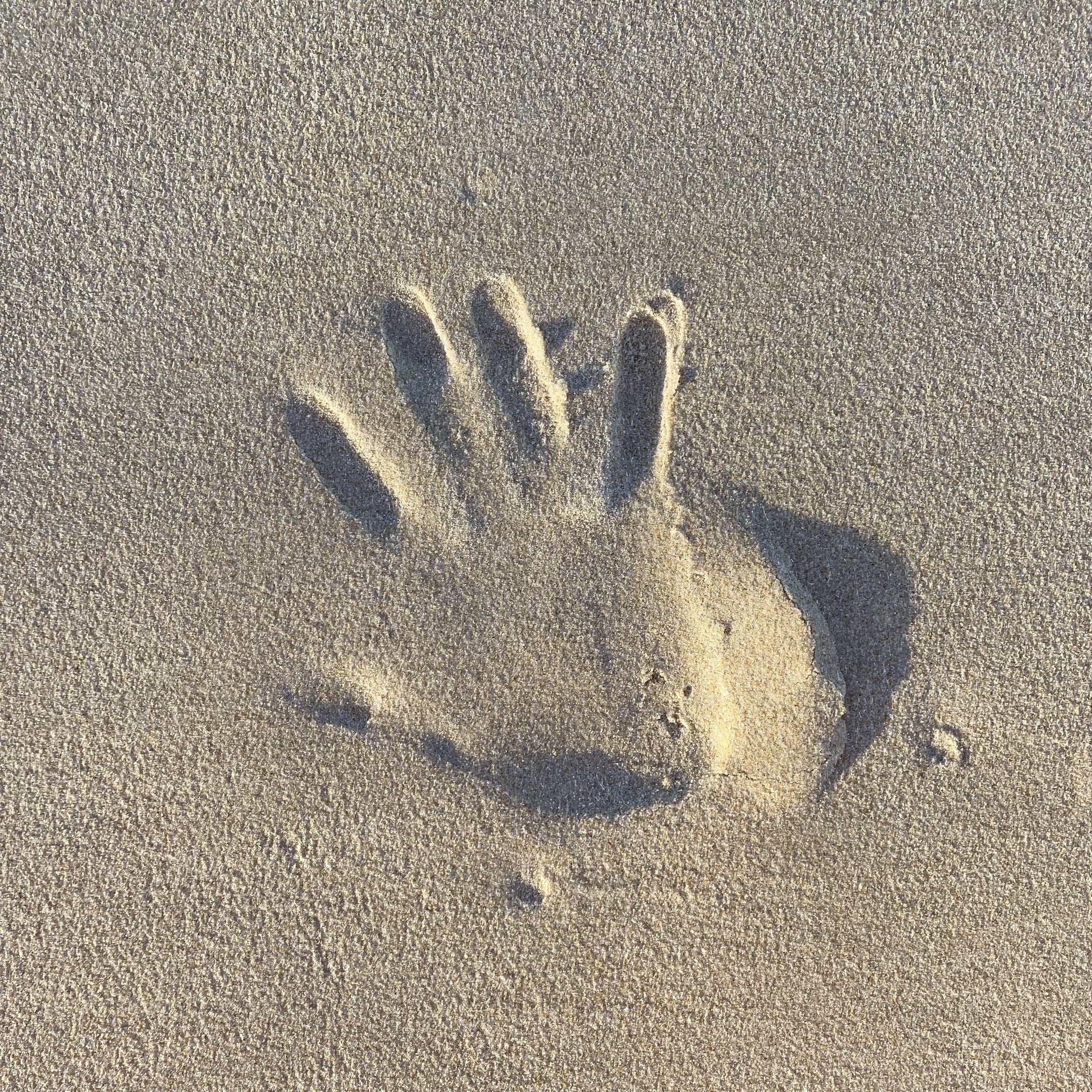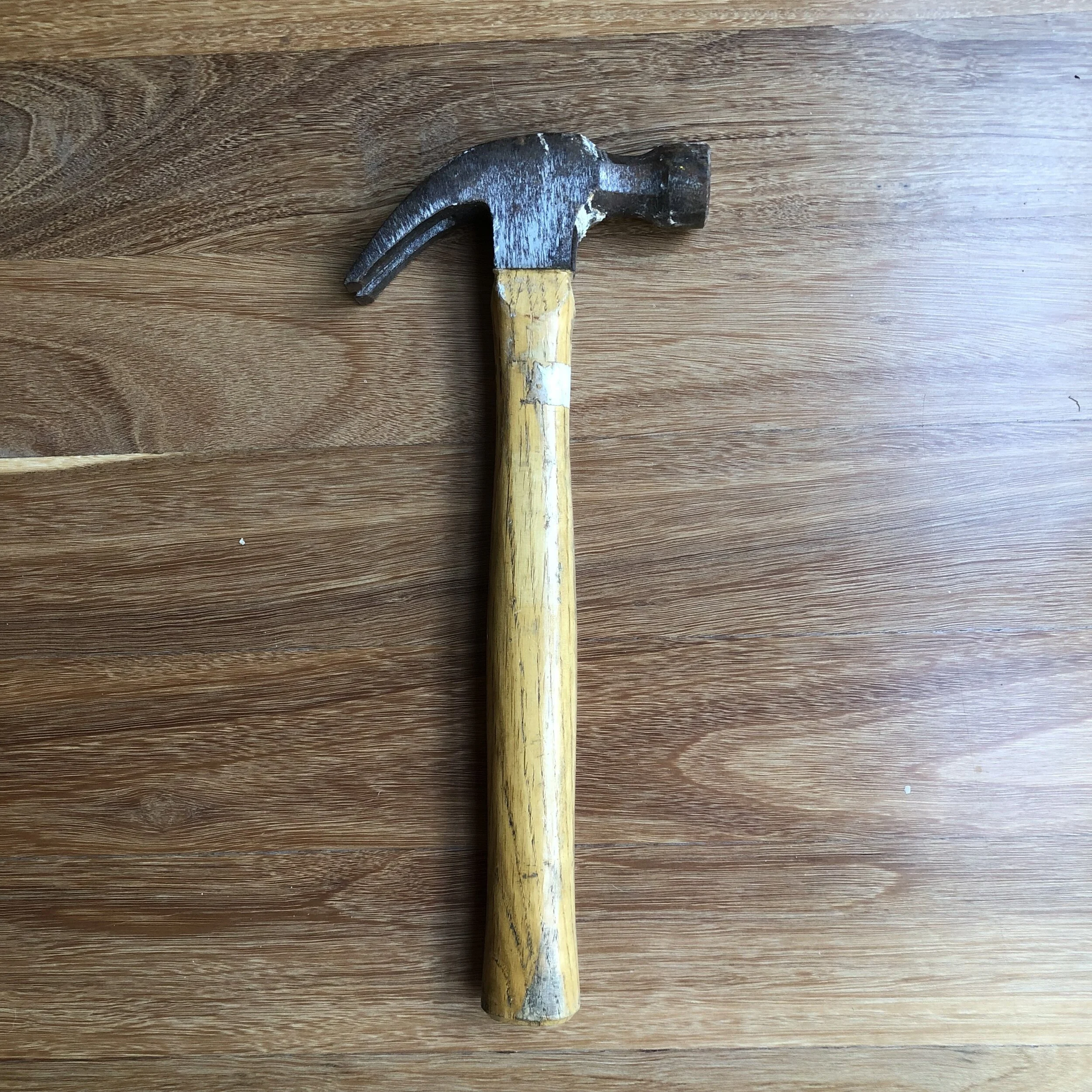Often when we prepare ourselves for the day, we prepare ourselves to invest in our assets, for what we can get out of the day, for what we can produce, for how much of an influence we can be, or for how much further we can get in our careers. There is nothing wrong with all of this, but it makes for empty broken dreams if we do not do it with and for other people.
Read MoreWho do I connect with ?
When you first ask this question, you’ll only think about the people close to you: your love-partner, your family and friends. The longer you meditate and the more you consider this question, however, the more you will experience being connected to acquaintances, colleagues, fellow citizens, strangers and maybe even everyone. Limbic resonance, empathy, means we are all connected.
Be aware of some characteristics of your connection to others:
Read MoreThis is the first minute in the Morning Mental Fitness Program which is focused on other people. Our lives, are lived in tandem with other lives: we affect others people and they affect us. We are social creatures. Others go a long way in determining the quality of our lives. It’s important to ask how do I come across?
Read MoreWe ask ourselves this question often. Being free of desire is impossible. Do you desire a more peaceful life? Do you desire to be free of desire? Do you desire to make this world a better place? There are many worthwhile desires. You decide.
Be aware of some characteristics of your desires:
Read MoreIt’s a strange question. How do I feel? seems more natural, but this evokes judgment: “good” or “bad” are usual responses. What do I feel? makes you more aware of and curious about your emotions. Usual answers may include I feel calm, peaceful, intensely angry, frustrated, joyful, mildly sad.
Read MoreAs you breathe in and out in this first minute of your five-minute Morning Mental Fitness Program, ask yourself what do I think? This makes you aware of your thoughts. Know some characteristics of your thoughts. These include, according to pioneer psychologist William James,
Read MoreThis Morning Mental Fitness Program consists of 5 minutes spent alone every morning to prepare you for the day, whatever it may bring. It involves 5 brain areas which influence your outlook on life, yourself and other people.
Read MoreIn this last post, we look at handling triggers, reactions and letting go of emotions. A trigger is something that sets you off: a car back-firing is a trigger to those who have been in combat, words can be triggers if a parent belittled you constantly, someone raising their voice is a trigger if past arguments lead to violence. Anything can be a trigger. The way to break this link, is to know your triggers, be aware of them and be ready for them.
Read MoreIn this post, we look at stopping hurt and clearing the pool of unresolved strong negative emotions before a build up of sludge. The first link to break is the hurt.
First link: Hurt
Hurt leads to our sludge-pool of unresolved emotions deep inside. If there were less hurt in the world, there would be less unresolved emotions lurking inside. Much of life is competition: someone wins or loses, that’s why we love our sport. Winning feels good and losing hurts, but it’s an OK lesson. Here we’re talking about deeper hurts: harsh dads, abuse, broken relationships, failures.
Read MoreMen, do you want to overcome negative emotions? We’re going to learn how to break the chain of strong negative emotions. It all begins with hurt. Hurt can lead to a volcano of emotions. Men become destructive when the accumulated volcano of emotions becomes too much to handle. But each link in the chain can be broken, a solution can be found. There’s a way out, something you can do, a better turn to take.
Here’s the chain of strong negative emotions:
Read MoreThe science of neuroplasticity is relatively young. How do you change your beliefs with neuroplasticity? Belief-Change using neuroplasticity works particularly well for self-opinions. I work with people often to help them change self-opinions using neuroplasticity. In this method, you change beliefs by treating them like thoughts, and using neuroplasticity techniques to change them. Here’s one simple method of applying neuroplasticity to belief-change in subjective self-evaluations. It’s in three steps
[i] See his books The Brain that Changes Itself and The Brain’s Way of Healing.
Read MoreBelief-change is difficult yet very important for many of us to overcome self-defeating beliefs. We begin with the the most reliable, the most obvious and the easiest to apply: Using Knowledge and Doubt. Knowledge is power, it changes belief and emotional reactions. Doubt is a useful emotion to counter the natural overconfidence we all have.
Here’s my four-step method to use knowledge and doubt to change useless beliefs:
Read MoreSome philosophers had particular insight into belief, like philosopher David Hume. His ideas on belief and philosophy resonate nicely with modern psychology. To change belief, he argued, we need to understand how Reason, Emotions, Will and Sympathy with other people work to sustain belief. Modern research shows he was onto something.
Beliefs are the brain’s self-made “maps” to quickly negotiate an environment or a new person. The brain is quick to form beliefs. Take meeting someone new. The brain quickly wants to know Friend or foe? Killer or healer? Useful or annoying? Easy-going or uptight? To help navigate (handle) the new person, it subjectively forms “first impressions” based on existing beliefs, previous experiences, and emotions. This first impression won’t be accurate or objective, but it’ll be fast and useful. Here’s how the brain uses the three Beliefs-Types:
Read MoreWelcome to the world of your opinions.
We’re all entitled to our own opinions.
Nobody is entitled to their own facts.
We can hold opinions regarding ideas (political, artistic, social, popular and more) and other people and we can also hold opinions regarding ourselves. But…they are all subjective and may be far removed from reality.
Read MoreAs a psychiatrist, I consider how a person’s belief in faith is helpful to their mental health and recovery. I don’t influence anyone’s faith. Belief in faith is highly individual and is greatly influenced by family and culture. The words “belief” and “faith” steer our minds towards population-level religious matters:
Does an after-life exist?
What should we believe in this country?
How can we better tolerate differing faith systems in society?
Read MoreWe live in an age that questions objective truth, and even in science, statements may be believed or not. In belief in science, things are accepted as facts if they are true by definition, supported by strong evidence or enough scientists are satisfied that they reflect reality:
5 + 5 = 10.
King Henry VIII reigned as monarch from 1509 to 1547.
Still. Can we ever be 100% certain?
Read MoreUnderstanding how belief works in the brain is a relatively new area. What are beliefs? Knowing and questioning your beliefs is good for you; it’s part of preventative mental health. Many people have problem beliefs, particularly about themselves:
I’m no good
I’ll never get anywhere
I’m a bad person who deserves to go to hell.
Based on science, we can change belief, What are beliefs?
Read More
















